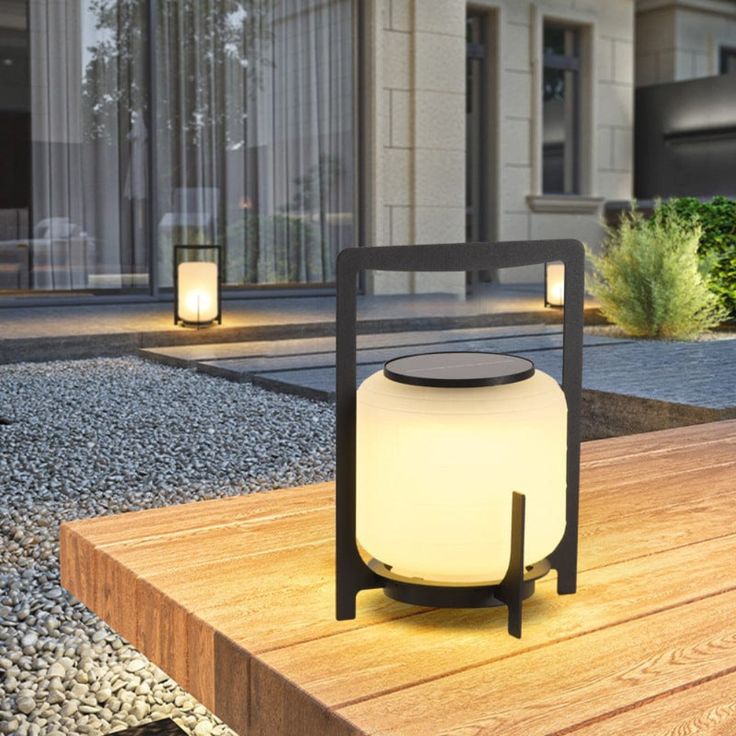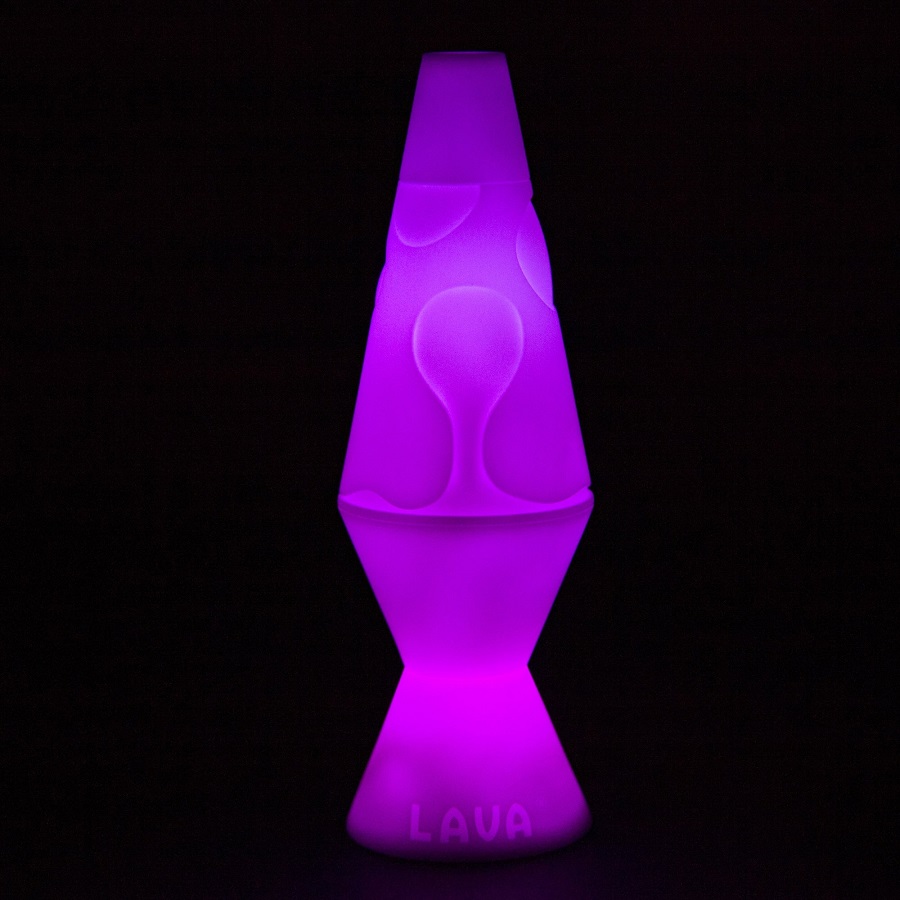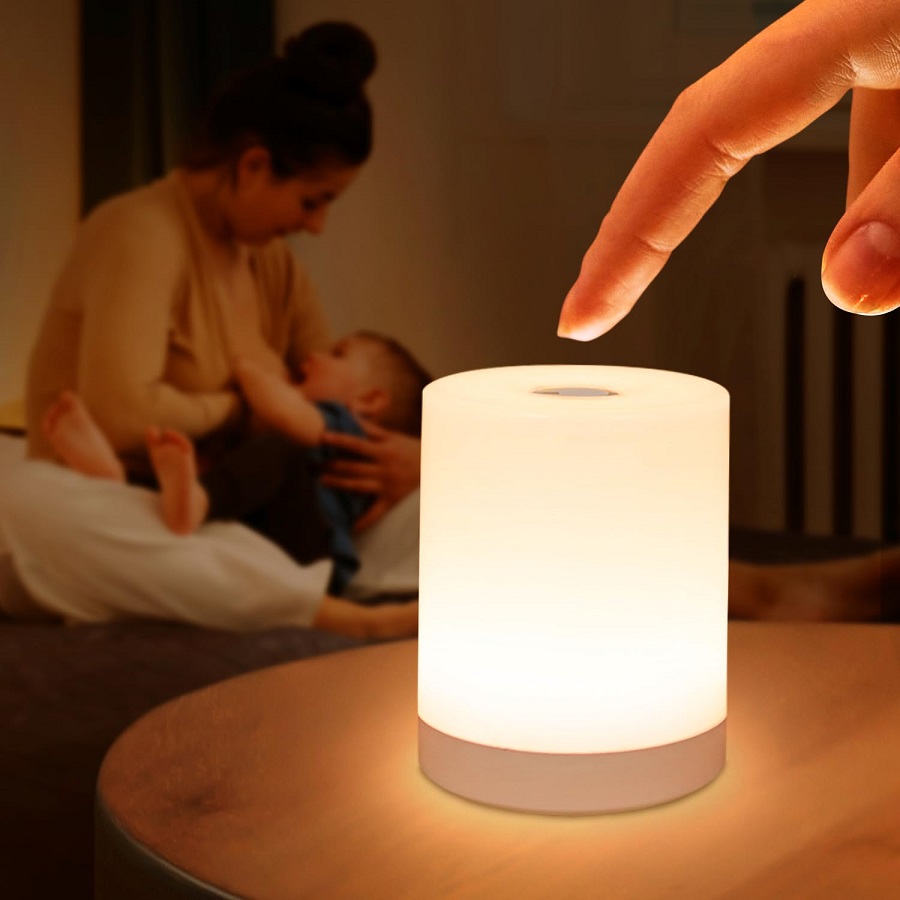 Introduction:
Introduction:
Creating a serene and restful bedroom environment is essential for a good night’s sleep, and the color of the LED light in your bedroom plays a significant role in setting the mood and promoting relaxation. The right LED light color can help regulate your body’s natural sleep-wake cycle and create a calm ambiance conducive to restorative sleep. In this comprehensive article, we will explore the effects of different LED light colors on sleep quality and discuss the best LED light color options for promoting a peaceful and restful sleep environment. By understanding the impact of LED light color, you can transform your bedroom into a sleep sanctuary that nurtures your well-being.
 Common materials used in the manufacturing of LED lights:
Common materials used in the manufacturing of LED lights:
LED lights are made using several different materials, each serving a specific purpose in their construction. Here are the common materials used in the manufacturing of LED lights:
Light-Emitting Diode (LED) Chip:
The heart of an LED light is the LED chip itself, which is typically made from semiconductor materials such as gallium arsenide (GaAs), gallium nitride (GaN), or indium gallium nitride (InGaN). These materials have unique properties that allow them to emit light when an electric current is passed through them.
Heat Sink:
LED lights generate heat during operation, so they often incorporate a heat sink material to dissipate and manage the heat effectively. Common heat sink materials include aluminum, copper, or a combination of both. These materials have high thermal conductivity and are designed to transfer heat away from the LED chip, improving efficiency and extending the lifespan of the LED light.
Enclosure or Housing:
LED lights are typically enclosed within a housing or casing that provides protection and support to the internal components. The housing is commonly made from materials like plastic, aluminum, or stainless steel. These materials are chosen for their durability, lightweight properties, and ability to handle different environmental conditions.
Optics and Lens:
LED lights often use optics and lenses to control and direct the light output. These lenses are typically made from materials like polycarbonate or acrylic, known for their transparency and ability to shape and distribute the light emitted by the LED chip. The choice of lens material can also impact factors such as beam angle, light dispersion, and color temperature.
Electrical Components:
LED lights contain various electrical components, including circuit boards, resistors, capacitors, and connectors. These components are typically made from materials like epoxy or plastic to provide insulation and protect against electrical hazards.
It’s important to note that the specific materials used in LED lights can vary depending on factors such as the type of LED light (e.g., bulb, strip, panel), its intended use, and the manufacturer’s design choices.
 Effects of Light on Sleep Quality
Effects of Light on Sleep Quality
Circadian Rhythm:
Light is a crucial regulator of our circadian rhythm, the 24-hour cycle that governs our sleep and wake patterns.
Exposure to different light colors can affect the release of melatonin, a hormone that regulates sleep.
Blue Light and Sleep Disruption:
Blue light, emitted by electronic devices and some LED lights, suppresses melatonin production.
Exposure to blue light before bedtime can disrupt sleep and lead to difficulty falling asleep and poorer sleep quality.
Best LED Light Colors for Sleep
Warm White (Soft White):
Warm white LED lights emit a cozy and relaxing glow similar to traditional incandescent bulbs.
They create a calm and soothing atmosphere that encourages relaxation and helps prepare the body for sleep.
Soft Yellow:
Soft yellow LED lights have a similar effect to warm white lights, creating a cozy and tranquil ambiance.
They promote relaxation and can enhance feelings of warmth and comfort.
Dimmers and Lighting Control
Dimmers:
Installing dimmers allows you to adjust the brightness of your LED lights to create the desired atmosphere.
Lowering the light intensity before bedtime can signal to your body that it’s time to wind down and prepare for sleep.
Smart Lighting Systems:
Smart lighting systems enable you to control the color temperature and brightness of your LED lights using mobile applications or smart home assistants.
They offer the flexibility to customize your lighting based on your preferences and optimize your sleep environment.
Other Considerations for Sleep-Friendly Lighting
Bedside Reading Lights:
Opt for warm white or soft yellow LED lights for bedside reading lamps.
These provide adequate illumination for reading without overstimulating the brain or suppressing melatonin production.
Lighting Placement:
Avoid placing bright overhead LED lights directly above the bed.
Instead, position lights to create an even and gentle illumination that promotes relaxation and a sense of tranquility.
Light Bulb Selection:
Choose LED bulbs with a color temperature between 2700K and 3000K for optimal sleep environment lighting.
Ensure that the LED bulbs have a high color rendering index (CRI) for accurate color representation and visual comfort.
Other Tips for a Restful Sleep Environment
Limit Screen Time:
Minimize exposure to blue light from electronic devices, such as smartphones, tablets, and computers, at least one hour before bedtime.
Light Filtering:
Use curtains, blinds, or shades that can filter out external light sources, especially if your bedroom receives significant light pollution from outside.
Establish a Bedtime Routine:
Implement a consistent bedtime routine that includes turning off bright overhead lights and gradually dimming the LED lights in your bedroom.
 General guidelines
General guidelines
Repairing or replacing LED lights can vary depending on the specific issue and the type of LED light you are dealing with. Here are some general guidelines:
Repairing LED Lights:
LED lights are considered to be long-lasting and durable, but they can still experience issues. Common problems include flickering, dimming, or complete failure. Before attempting any repairs, ensure that the light is disconnected from the power source to avoid electrical hazards. If the issue is minor, such as a loose connection or a faulty driver, it may be possible to repair the LED light by tightening a loose wire or replacing the driver. However, complex issues with internal components are often difficult to repair and may require professional assistance.
Replacing LED Lights:
If an LED light is beyond repair or if you simply want to upgrade or change the lighting, replacing the LED light is usually the best option. LED lights come in various forms, including bulbs, strips, panels, and fixtures. When replacing an LED light, ensure that the new light matches the appropriate specifications, such as the wattage, voltage, and size, to ensure compatibility. Additionally, consider the installation requirements of the new LED light, as some may require professional installation or specific tools for proper mounting or electrical wiring.
Safety Considerations: When working with LED lights, it is important to prioritize safety. Always disconnect the power source, use insulated tools where necessary, and follow manufacturer guidelines. If you are unsure about your ability to repair or replace an LED light, it is recommended to seek professional assistance to avoid any potential mistakes or hazards.
Remember, when it comes to LED lights, prevention is key. Regularly clean the lights, ensure proper ventilation to avoid overheating, and handle them with care to extend their lifespan and reduce the need for repairs or replacements.
 Conclusion:
Conclusion:
The LED light color in your bedroom has a significant impact on your sleep quality and overall well-being. By choosing warm white or soft yellow LED lights and incorporating dimming options, you can create a serene and restful sleep environment. Consider the placement of lights, selection of bulbs, and other tips to optimize your bedroom ambiance for a good night’s sleep. Embrace the power of LED lighting to support your circadian rhythm and create a peaceful sanctuary where you can unwind and rejuvenate each night. Prioritize your sleep health and create an environment that nurtures your body and mind, allowing you to wake up refreshed and energized each morning.



